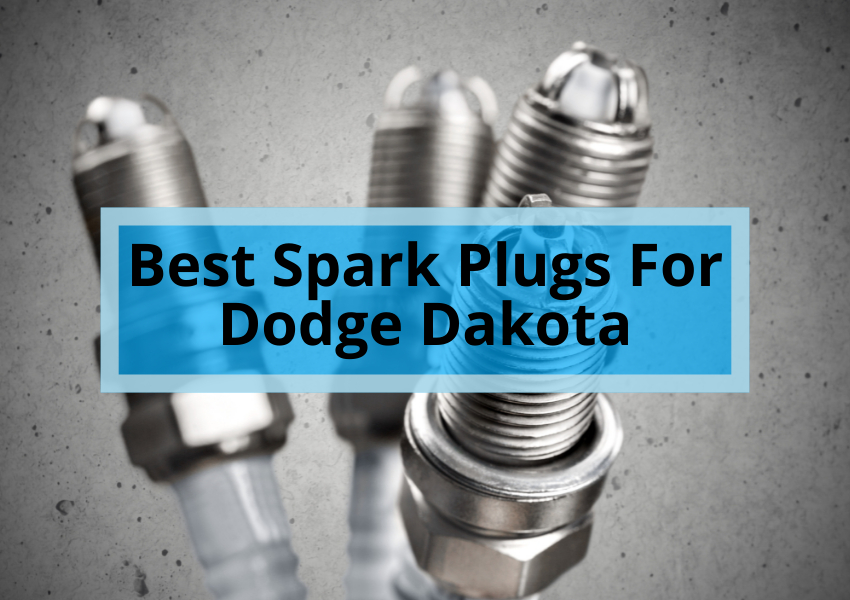Split smaller air conditioners are popular with homeowners who want efficient, site-specific cooling and heating. But with so many products and models on the market, it can be hard to decide which one is right for you. This guide will show you the factors to consider when choosing a subdivision logo, as well as highlight some of the top brands on the market.
Understanding Mini-Splits:
Mini-split systems, also known as ductless mini-splits, are a type of heating and cooling solution that’s gaining popularity for several reasons:
Targeted comfort:
They allow you to individually control the temperature in different areas of your home, unlike centralized HVAC systems that treat the entire space as one.
Energy efficiency:
Smaller units have higher SEER (Seasonal Energy Efficiency Ratio) ratings, which reduce energy consumption and cooling costs.
Easy installation:
No existing duct work is required, making it suitable for new additions, renovations, and areas where the installation of ducts is impractical
Space-saving:
Their compact interior design blends seamlessly into most furnishings, while outdoor units take up minimal space compared to traditional HVAC systems
Top Mini-Split Brands:
Now, let’s delve into some of the most reputable and reliable mini-split brands:
1. Mitsubishi Electric:
- Renowned for: Durability, quiet operation, advanced technology, and extensive product lineup.
- Flagship models: ZM-S2 series, Hyper Heat series.
- Pros: Exceptional energy efficiency, multi-zone capabilities, whisper-quiet operation, robust warranties.
- Cons: Premium pricing, and DIY installation are not recommended for all models.
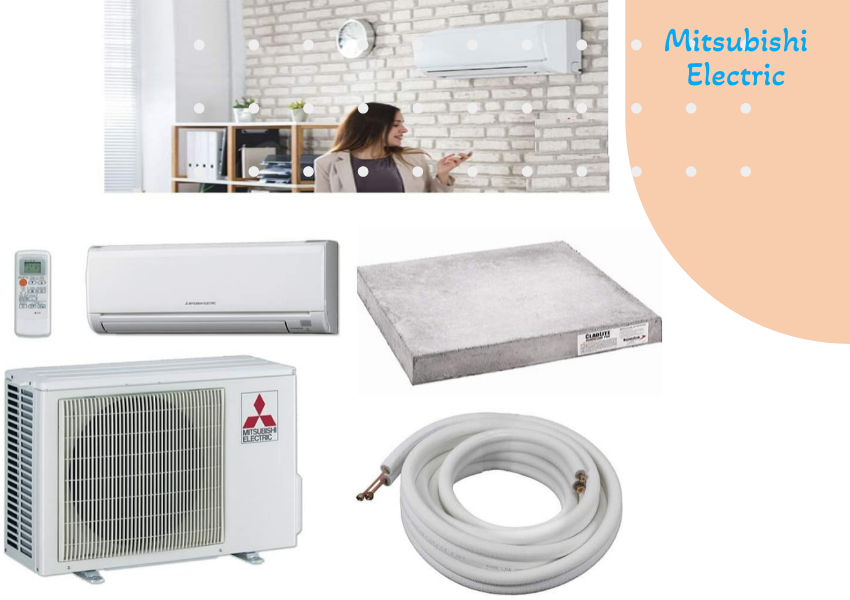
2. LG:
- Renowned for: Innovative features, stylish design, competitive pricing, and focus on smart home integration.
- Flagship models: Art Cool Gallery series, DUAL Inverter Compressor technology.
- Pros: Sleek aesthetics, Wi-Fi control, quiet operation, energy efficiency, and some DIY-friendly models.
- Cons: Customer service may vary, and may not be the most durable option.
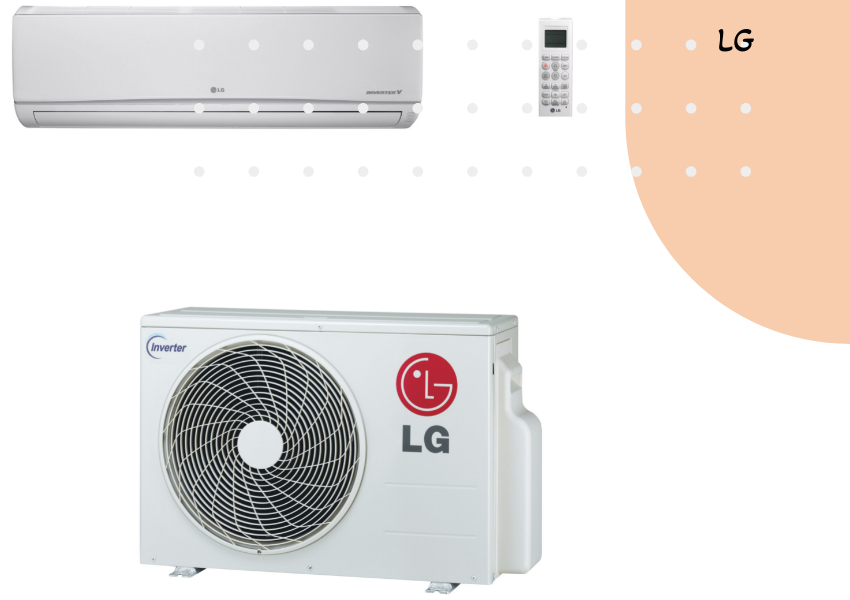
3. Daikin:
- Renowned for: Reliability, wide range of capacities, and global footprint.
- Flagship models: FIT series, FTXS series.
- Pros: Excellent warranty, strong dealer network, good value for the price, various capacity options.
- Cons: Not as feature-rich as some competitors, design may not be as modern.
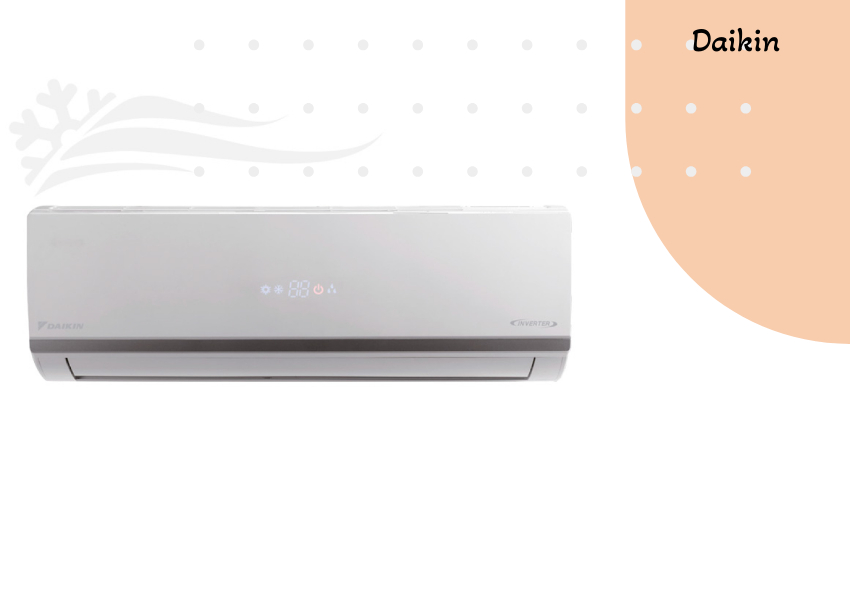
4. Gree:
- Renowned for: Affordability, wide range of models, and diverse features.
- Flagship models: LRA series, Edge series.
- Pros: Budget-friendly, feature-packed options, some DIY-friendly models, good capacities for larger spaces.
- Cons: Not as quiet as some competitors, customer service experiences may vary.
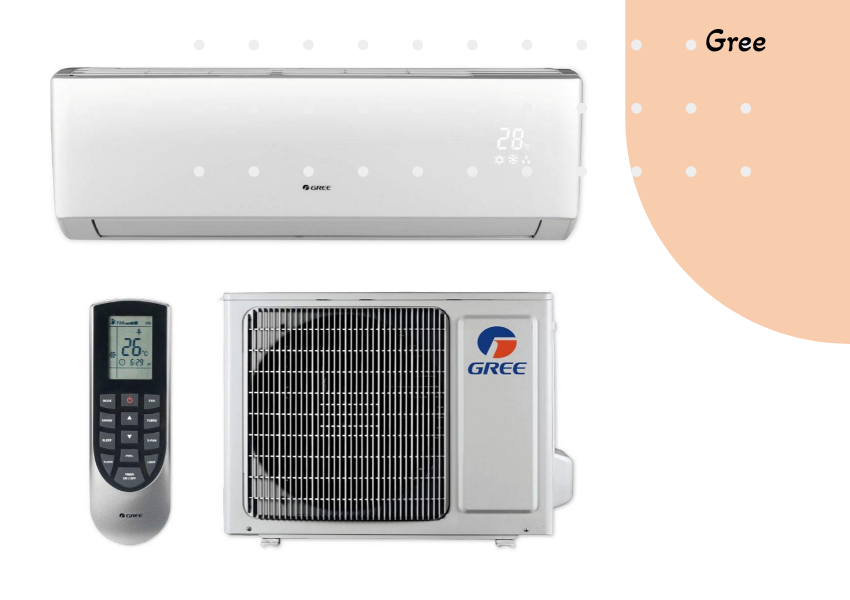
5. MRCOOL DIY:
- Renowned for: Affordability, ease of installation, and focus on the DIY market.
- Flagship models: DIY series, Universal series.
- Pros: Most affordable option, designed for self-installation, good customer support, decent warranties.
- Cons: Limited features compared to premium brands, may not be suitable for complex installations.
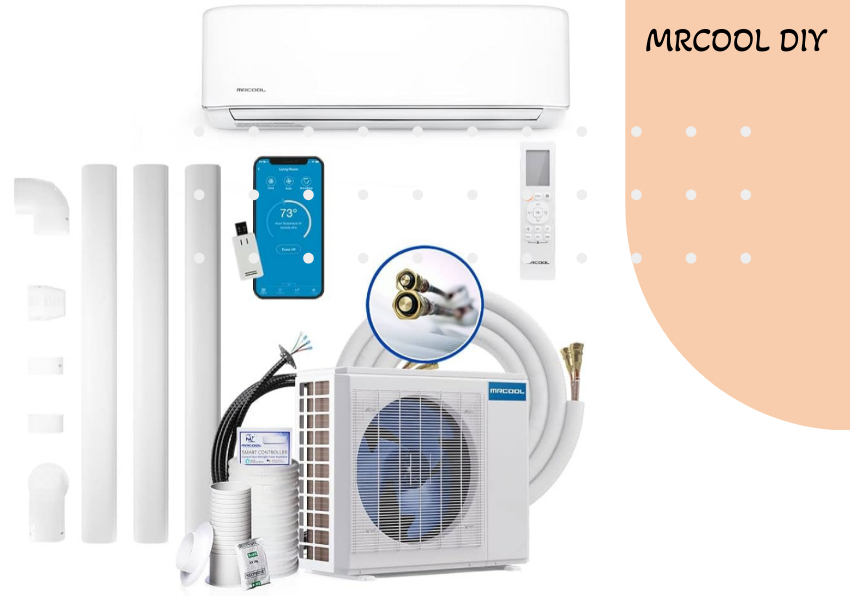
Key Factors to Consider:
Remember, the “best” brand ultimately depends on your specific needs and priorities. Here are some crucial factors to weigh in your decision:
Budget:
Mini-splits range in price from budget-friendly to premium. Determine your spending limit and prioritize features within that range.
Size and layout of your space:
Consider the BTUs (British thermal units) needed for each zone and choose units with appropriate capacities.
Features:
Prioritize features important to you, such as Wi-Fi control, quiet operation, multi-zone capabilities, etc.
Energy efficiency:
Look for high SEER ratings to minimize energy consumption and costs.
Installation:
Decide whether you’ll hire a professional or attempt DIY installation based on your comfort level and the chosen brand’s recommendations.
Warranty:
Compare warranty terms for peace of mind and after-sales support.
Additional Tips:
- Get quotes from multiple qualified HVAC contractors: This ensures you receive competitive pricing and expert advice tailored to your needs.
- Read online reviews: Pay attention to user experiences with different brands and models to gain valuable insights.
- Consider future expandability: If you might add more zones in the future, choose a brand with compatible multi-zone systems.
Frequently Asked Questions about Mini-Split Systems:
What are the benefits of mini-splits?
Targeted comfort, high energy efficiency, easy installation, and space-saving design.
Are mini-splits right for me?
They’re ideal for new additions, renovated spaces, areas without ducts, or those seeking individual climate control.
Which are the best mini-split brands?
Top contenders include Mitsubishi Electric, LG, Daikin, Gree, and MRCOOL DIY, each with strengths and weaknesses. Consider your budget, needs, and priorities.
What are some flagship models to consider?
Mitsubishi Electric ZM-S2, LG Art Cool Gallery, Daikin FIT, Gree LRA, MRCOOL DIY Universal.
How do I choose the right size mini-split?
Consider the square footage and insulation level of each zone to determine the required BTUs (British thermal units). Consult an HVAC professional for guidance.
What features are important in a mini-split?
Prioritize features like Wi-Fi control, quiet operation, multi-zone capabilities, energy efficiency, etc., based on your preferences.
How much do mini-splits cost?
Prices vary depending on brand, capacity, features, and installation complexity. Budget-friendly options start around $1,000, while premium models can exceed $3,000.
Do mini-splits save money on energy bills?
Yes, their high SEER ratings translate to lower energy consumption compared to traditional HVAC systems.






